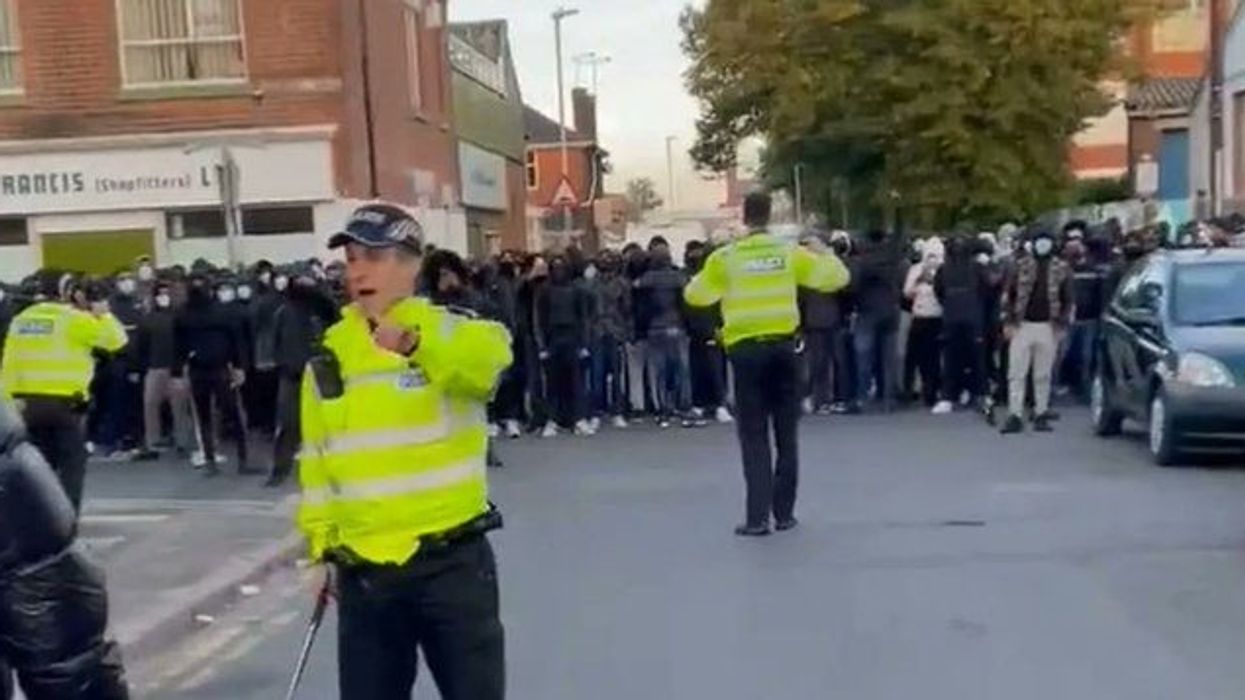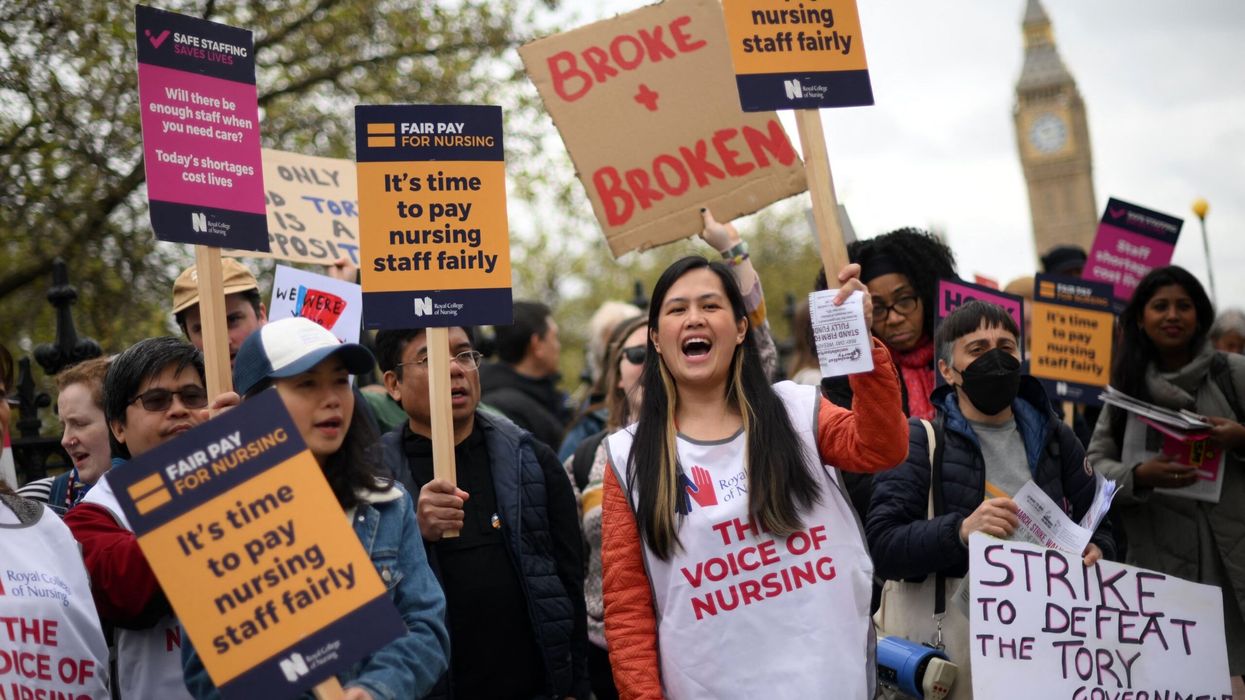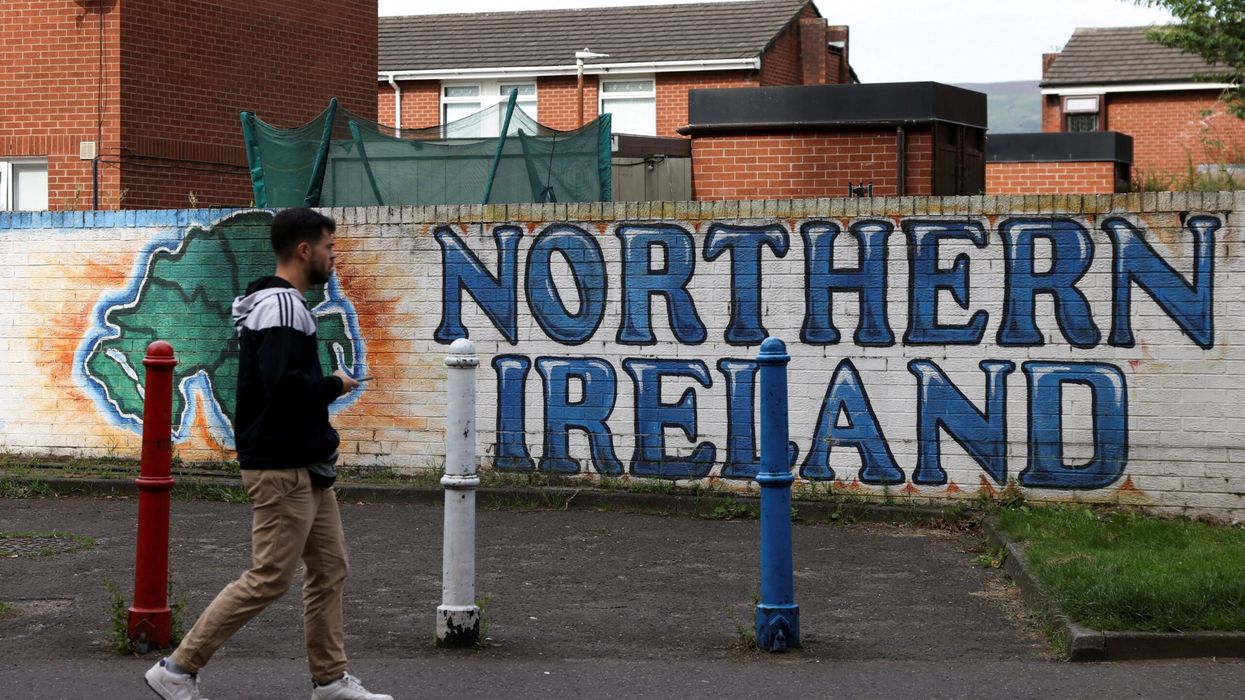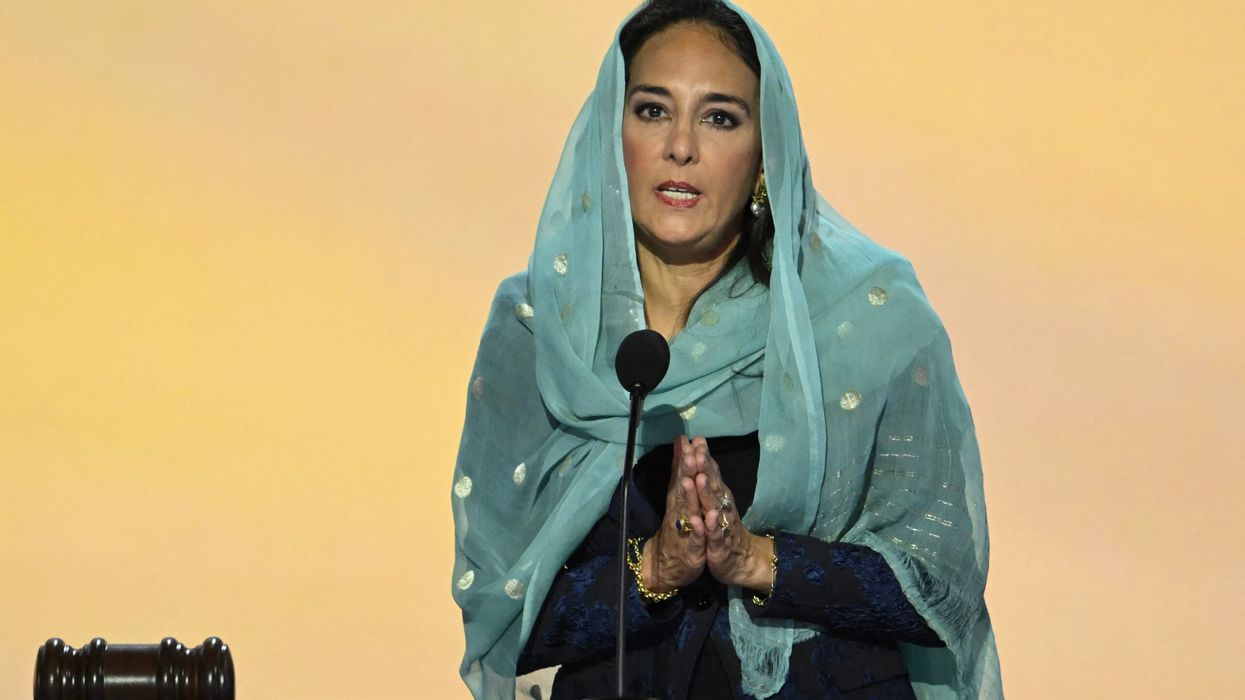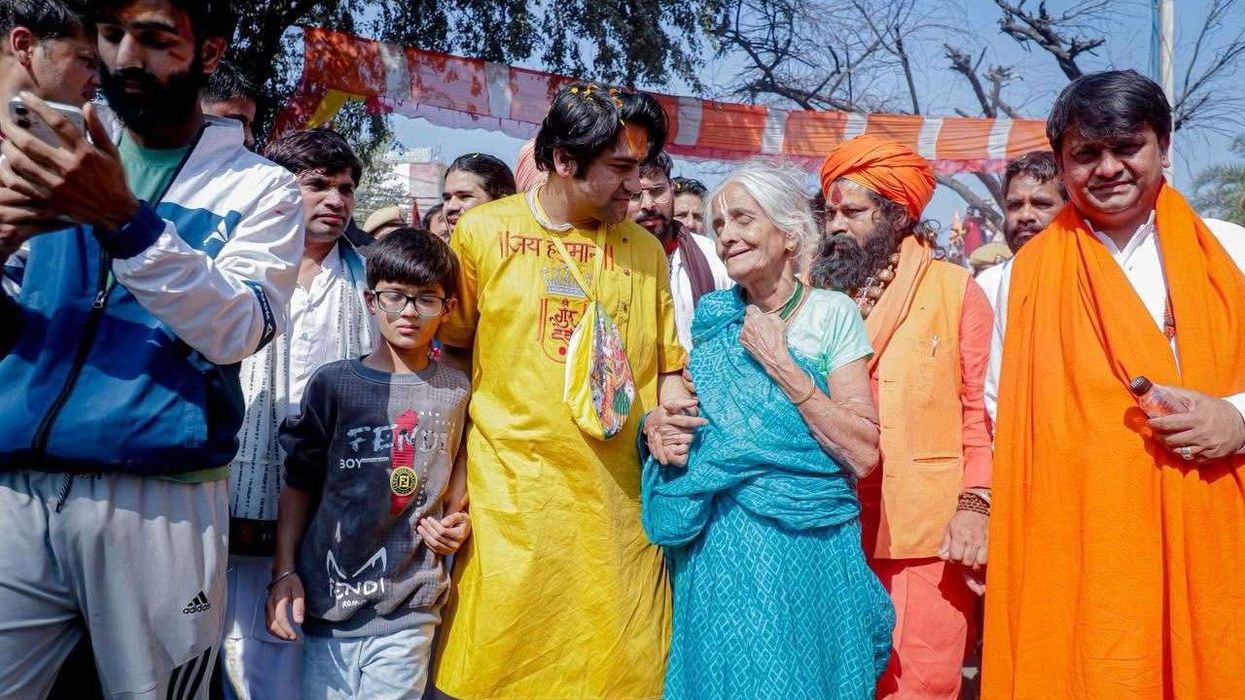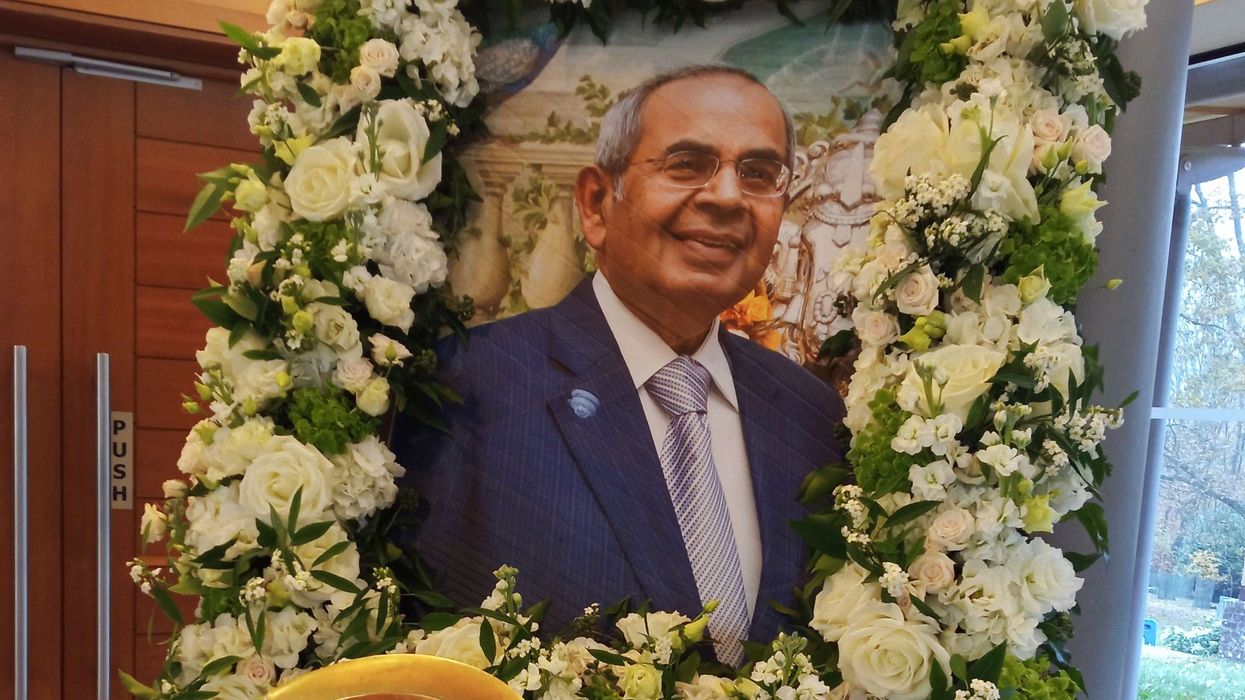A total of 32 individuals have faced convictions for various offences in connection to East Leicester’s violent clashes between Hindu and Muslim communities that erupted in August and September 2022, resulting in the city gaining international attention.
The offences include affray, threats to kill, racial or religious public order offenses, and illegal possession of weapons.
The violent clashes that erupted between members of the Hindu and Muslim communities a year ago, culminated in a significant outbreak of disorder on Belgrave Road on Saturday, September 17, 2022.
Today, the city bears the scars of those tumultuous events, as an ongoing government inquiry seeks to unravel the factors that fuelled the violence. Legal proceedings related to the incidents are still underway, Leicester Mercury reported.
Leicestershire Police mobilised a team comprising more than 50 officers to investigate over 100 incidents linked to these shocking events, meticulously reviewing more than 6,000 hours of body-worn camera footage, CCTV footage, and phone images.
Penalties have ranged from fines of up to £1,200 to prison sentences. Meanwhile, 19 cases remain unresolved.
The aftermath of the violence has had notable repercussions on the police force, affecting both its internal operations and its interactions with the communities it strives to serve. Chief Constable Rob Nixon addressed these matters in a discussion with LeicestershireLive, shedding light on the lessons learned and the persistent challenges.
Chief among the challenges, according to Nixon, has been the endeavour to rebuild public trust in the police force's handling of the disorder.
Some individuals contended that footage of a march in Highfields, which escalated into a violent clash, received implicit support from officers who appeared to be walking alongside the procession on Green Lane Road.
However, the police force consistently refuted these claims, asserting that it was simply outnumbered at that juncture, until reinforcements arrived.
To this day, concerns persist that the police may favour one community over another, a viewpoint that Nixon described as "saddening."
He emphasised the challenge of convincing people that the police force is dedicated to serving all communities and reiterated their commitment to impartially responding to incidents and following the evidence, irrespective of allegiances.
Nevertheless, there is a prevailing perception that individuals are either allied with one side or the other.
Despite these challenges, Nixon maintained that the disorder primarily involved a small minority of Leicester's population. In conversations with numerous individuals, he discovered a shared desire among many residents to restore Leicester's reputation as a symbol of diversity, which had been tarnished during the unrest.
Nixon remarked, "We're a year on, and I can't help but come back to saying that the vast majority of people in Leicester didn’t want this." He referred to them as the "silent majority" – individuals who take pride in living in Leicester and have successfully coexisted in harmony.
He acknowledged the existence of a vocal minority that amplifies tensions among different communities.
The global recognition of Leicester as a beacon of diversity was reiterated in the extensive media coverage of last year's events. Nevertheless, some city residents contended that tensions had been simmering beneath the surface for a considerable time before the outbreak of violence.
This prompted the police force to reevaluate its approach to engaging with the city's diverse communities, particularly in the east Leicester area.
In response to these evolving challenges, Nixon acknowledged that community dynamics were changing at an unprecedented pace within the organisation. He attributed this rapid transformation to various factors, including the influence of social media and shifts in the composition of different communities. The demographic landscape is constantly evolving, he said.
Nixon also stressed the importance of not becoming complacent in the face of these changes. Instead, he emphasised the need to adopt a sophisticated and targeted approach to engage with all communities effectively.
Additionally, he noted a shifting dynamic within each community, particularly in terms of intergenerational relationships.
He further recognised that the east Leicester area presented one of the most intricate blends of diverse cultures and faiths, often accompanied by strong opinions.
According to him, within this complex environment, a new phenomenon has emerged where faith and politics are aligned, a development previously unseen, posing additional challenges that needs to be addressed.
The police in Leicester have traditionally maintained relationships with individuals considered, or who have self-proclaimed themselves as community leaders.
However, Nixon has taken steps to broaden the force's engagement with the diverse groups comprising Leicester's population, especially following the events that escalated tensions.
To achieve this, a leadership restructuring has been implemented to ensure that city neighbourhoods receive adequate coverage. Additionally, a "cohesion team" has been established with the responsibility of identifying the different communities within the city and ensuring their voices and perspectives on local policing are heard.
Nixon has stressed the need for a more inclusive connection with these communities, aiming to engage with individuals who better reflect the diversity within them, as opposed to relying solely on designated community leaders.
In addition to reassessing the force's community engagement, an internal review has been conducted to determine potential improvements in police responses if similar events were to occur in the future.
This review has also identified areas in policing that require strengthening and emphasised the importance of being more responsive to external factors.
While Leicester has not witnessed a recurrence of the disorder, the aftermath continues to impact the allocation of police resources.
Extra personnel and assets were deployed in preparation for two Asia Cup cricket matches involving India and Pakistan earlier this month, and both occasions proceeded without any incidents.
